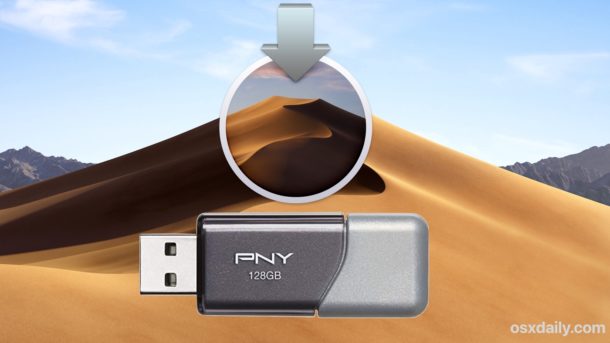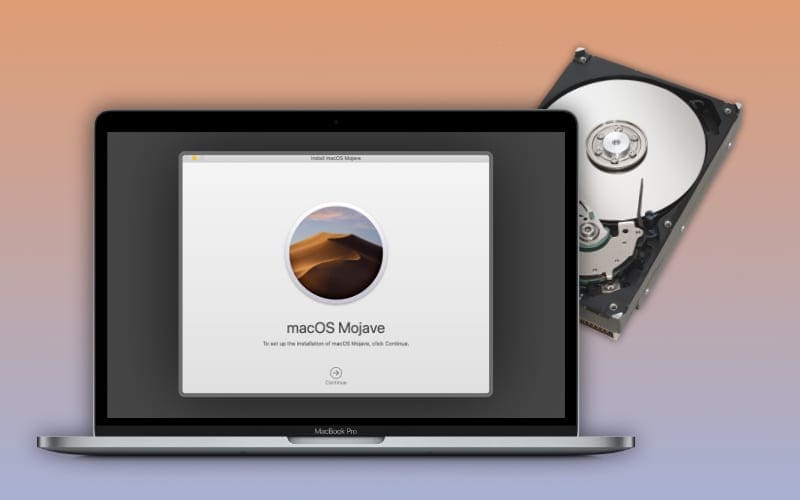

Click the drop-down list for the Format and select Mac OS Extended.

Click Options, then click GUID Partition Table heading, then OK. In the Partitions Layout heading, select 1 Partition from the drop-down list. Select it, then select the Partition heading. When connected successfully, it should appear in the window or the Disk Utility window. Next, plug in your USB hard drive to the USB slot on your Mac, making sure it is connected with your Mac. It is in the Utilities folder under Applications. If you have some important files there, please move them to somewhere to store first. Note: while using a USB memory stick to restore Mac, all data on the device will be erase completely. Here are the 7 steps you need to know for how to restore Mac from External hard drive, including USB flash drive. And it is also an exclusive feature that Mac turns any removable storage device into a recovery tool. Restoring Mac from external hard drive on Mac is one of the choices that people apply if they can’t connect to a stable Wi-Fi while restoring a Mac. I want to restore Mac from an external hard drive. " Is it possible to restore Mac from USB drive on Mac? I heard somebody said that but I don’t know the details. NOTE: If the above steps do NOT resolve the problem, please back up your data and request a replacement using our online web form.Updated to macOS Data Recovery Tips by Johnson on Aug 30, 2021 Some older operating systems must have a patch installed before they can use the exFAT file system. NOTE: MacOS 10.6.2 or higher is required for exFAT file system. NOTE: exFAT can be used on flash drives or memory cards to transfer files larger than 4GB. NOTE: exFAT is used on SDXC card (64GB and higher). When finished, the drive will be formatted and repartitioned successfully.

Choose exFAT or MS-DOS (FAT) for the format.Choose how you would like to format the drive Select the upper level of the drive you would like to format and click the Erase buttonĤ. In the top menu bar, go to View, and choose Show All Devicesģ. Please See Answer 20985: How to access Disk Utility macOSĢ. Instructions below are for 10.13.x (High Sierra)ġ. Select this capacity.Ħ. Verify Volume Format is set to MS-DOS file system or exFAT, Scheme is set to “Master Boot Record” ( Do NOT select GUID Partition Map) then click Erase. Select the capacity of the drive respective to the one containing the device you wish to format then click the Erase tab.Įxample: If the drive is called "NO NAME", directly above that, you should see the drive capacity of "XXXX". On the left side of the window are the drives connected to the computer. Click the Applications folder - if using a Finder Window Applications will be in the left side menu.ĥ. Double-click on Macintosh HD - or in the Finder menu click File > New Finder WindowĢ. Instructions below are for 10.11.x (El Capitan) and 10.12.x (Sierra)ġ. WARNING: Formatting will erase all data on the device.


 0 kommentar(er)
0 kommentar(er)
